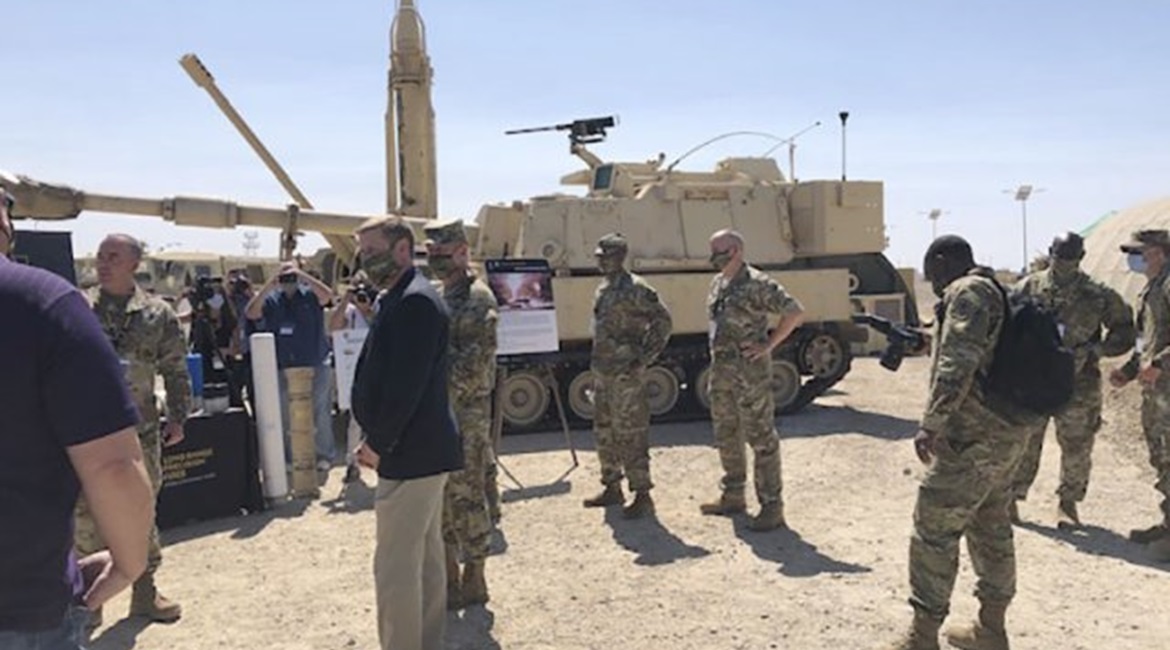
The US Army is in the throes of modernising its weapon systems to better compete with Russian and Chinese forces, and incoming political appointees, both acting and Senate-confirmed, will have the opportunity to push the programmes forward or shake things up.
On 20 January at noon local time in Washington, DC, President-elect Joe Biden will be sworn into office and Trump administration appointees will step down. It will take weeks, and potentially months, for the Biden administration to vet candidates for top Pentagon and service slots, and for Senate lawmakers to vote on these appointees. For the army, ‘acting’ officials will temporarily fill civilian leadership posts.
Army Secretary Ryan McCarthy, for example, is stepping down, and John Whitley, the current service comptroller, will serve as the acting secretary. Army Undersecretary James McPherson is also vacating his office, and Christopher Lowman, the service’s current acting principal deputy assistant secretary for Acquisition, Logistics and Technology, will step into the acting undersecretary spot, Janes has confirmed.
Bruce Jette, the service’s acquisition chief, is also leaving his post, and the current Principal Military Deputy Lieutenant General Bob Marion will temporarily fill in, according to an army spokesman.
This shake-up happens every time a new president comes to power. However, over the past four years, McCarthy, McPherson, and Jette have played significant roles in revamping how the army designs and acquires new weapon systems. During various parts of their Trump administration tenure, the trio were instrumental in ushering in the army’s modernisation priorities – long-range precision fires (LRPF), the next-generation combat vehicle (NGCV) programme, future vertical lift, the network, air and missile defence, and soldier lethality – and standing up the army’s Futures Command in Austin, Texas.

Looking to read the full article?
Gain unlimited access to Janes news and more...






